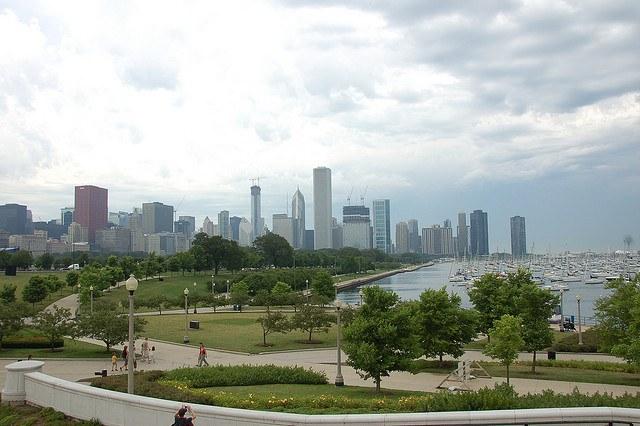
As a lead-up to Abu Dhabi Sustainability Week, Jan. 18-25, Masdar sponsored a blogging contest called “Engage: Cities and Sustainable Development.” The following post was a runner-up.
By Reginald Raye
No two cities are alike, and likewise no two “sustainability master plans” should be the same. Urban climates, not to mention urban populations, vary radically. Nevertheless, there are a number of proven measures that most local governments can take to make their city a greener and more inviting place. Here are four action areas, along with 14 concrete steps, that your city can take to be a leader in sustainable urban development.
1. Energy
- Create incentives for building managers and homeowners to reduce their energy use. (After all, existing buildings account for the majority of urban energy consumption - and waste.) Incentives might include tax breaks, monetary prizes and recognition programs.
- Offer tax rebates or subsidies to those who make their property more green through solar panel installation, rainwater collection, shading systems, etc. Selecting a preferred provider or installer can further reduce unit costs.
- Facilitate dynamic energy pricing to reduce energy demand during the hottest times of the day. The dirtiest and oldest power plants are turned on during periods of high load, so making sure these plants don't get turned on in the first place is important.
2. Transportation
- Bring in bike lanes. Amsterdam, Berlin, Copenhagen and other bike-friendly cities have slashed car use simply by making it faster and safer to go by bike.
- Raise tolls to reduce the number of cars on the road. A $10 fee to enter downtown will persuade many would-be drivers to put down their doughnut and take the train instead.
- Jump-start the world's first autonomous taxi program. Self-driving vehicles are safer, more reliable and less traffic-jam-prone than any human-driven vehicle. Autonomous, electrically-propelled taxis could reduce transit times, as well as emissions.
- Improve vehicle emissions controls to cut down on smog. Beijing was able to temporarily halve their air pollution by taking half of cars off the road, but results would have been better – not to mention longer-lasting – if they had halved the permitted emissions per car.
3. Construction
- Update building code to reflect climate-specific best practice.
- Be sure to encourage local sourcing of materials, and discourage use of imported materials with high embedded energy.
- Host several yearly roundtable meetings between the city zoning board and architecture/engineering/construction professionals to make building code updates clear.
- Discourage non-licensed builders from building by tasking police with monitoring new construction sites. Rapidly industrializing cities often reward people for throwing up their own buildings, in spite of the fact that they are substandard and impede future development.
- Implement and enforce a minimum greenspace-to-building ratio. Just as setback laws are needed to prevent the urban canyon effect, greenspace laws are needed to reduce the concrete jungle effect.
4. Commerce
- Conduct an audit of the carbon footprint of products being sold in your city, and launch a program to locally manufacture those with the biggest footprint. Alternatively, increase tax rates on the worst offenders – the environmental equivalent of a sin tax.
- Investigate whether some energy intensive goods could be 3D-printed locally. Regardless of the production process, encourage entrepreneurs to manufacture consumables in your city.
- Create an urban garden/greenhouse network to increase local food production. Introduce an online buying program to facilitate sales of the resulting produce in grocery stores.
Last but not least, don't forget about building grassroots support for these green initiatives. While a few of the above steps can be taken by good leaders acting alone, the majority require the participation, engagement and enthusiasm of city residents. And at the end of the day, we're all stakeholders when it comes to sustainable development.
Image credit: Flickr/jadell
Reginald Raye is a student at the Graduate School of Design at Harvard University.
TriplePundit has published articles from over 1000 contributors. If you'd like to be a guest author, please get in touch!














